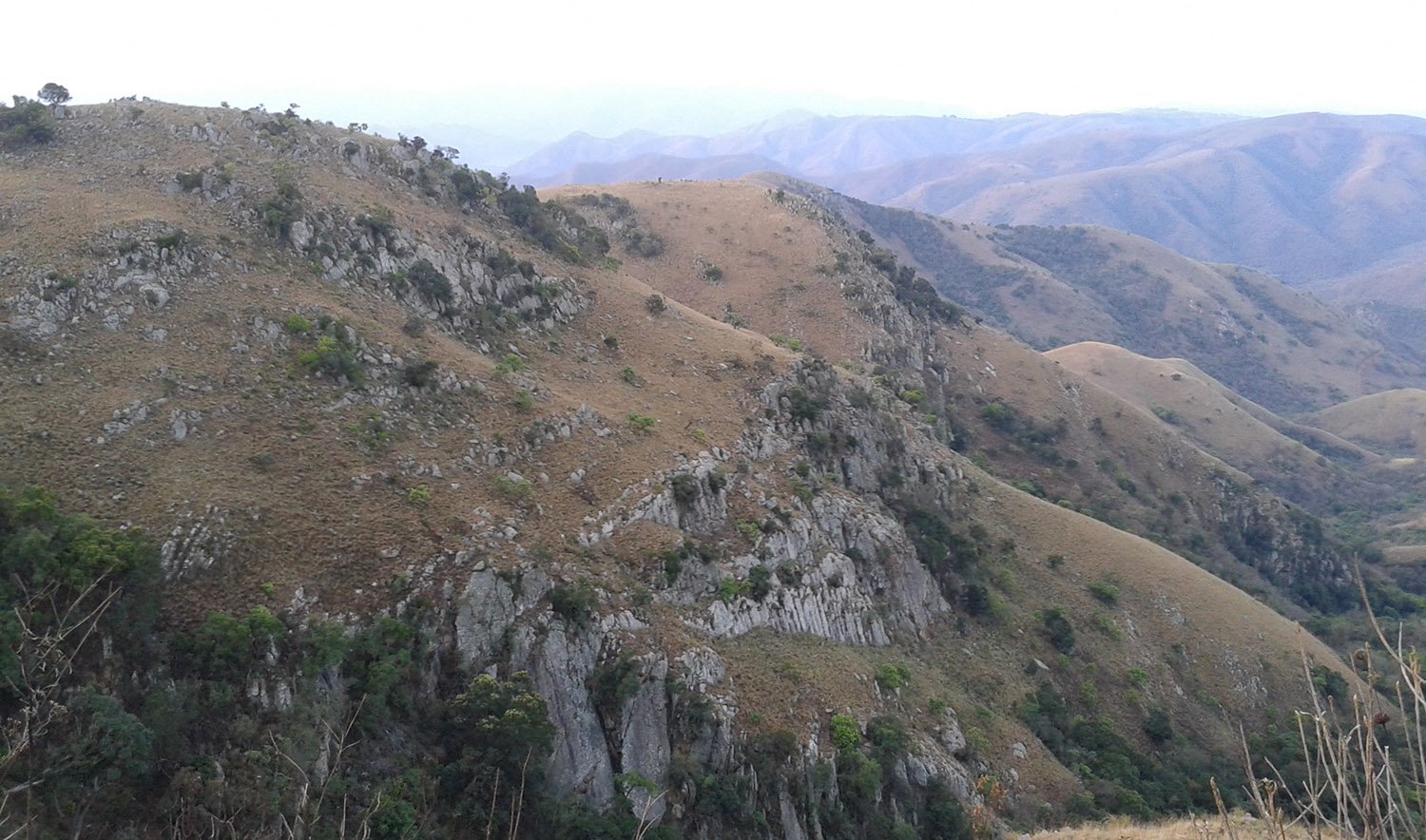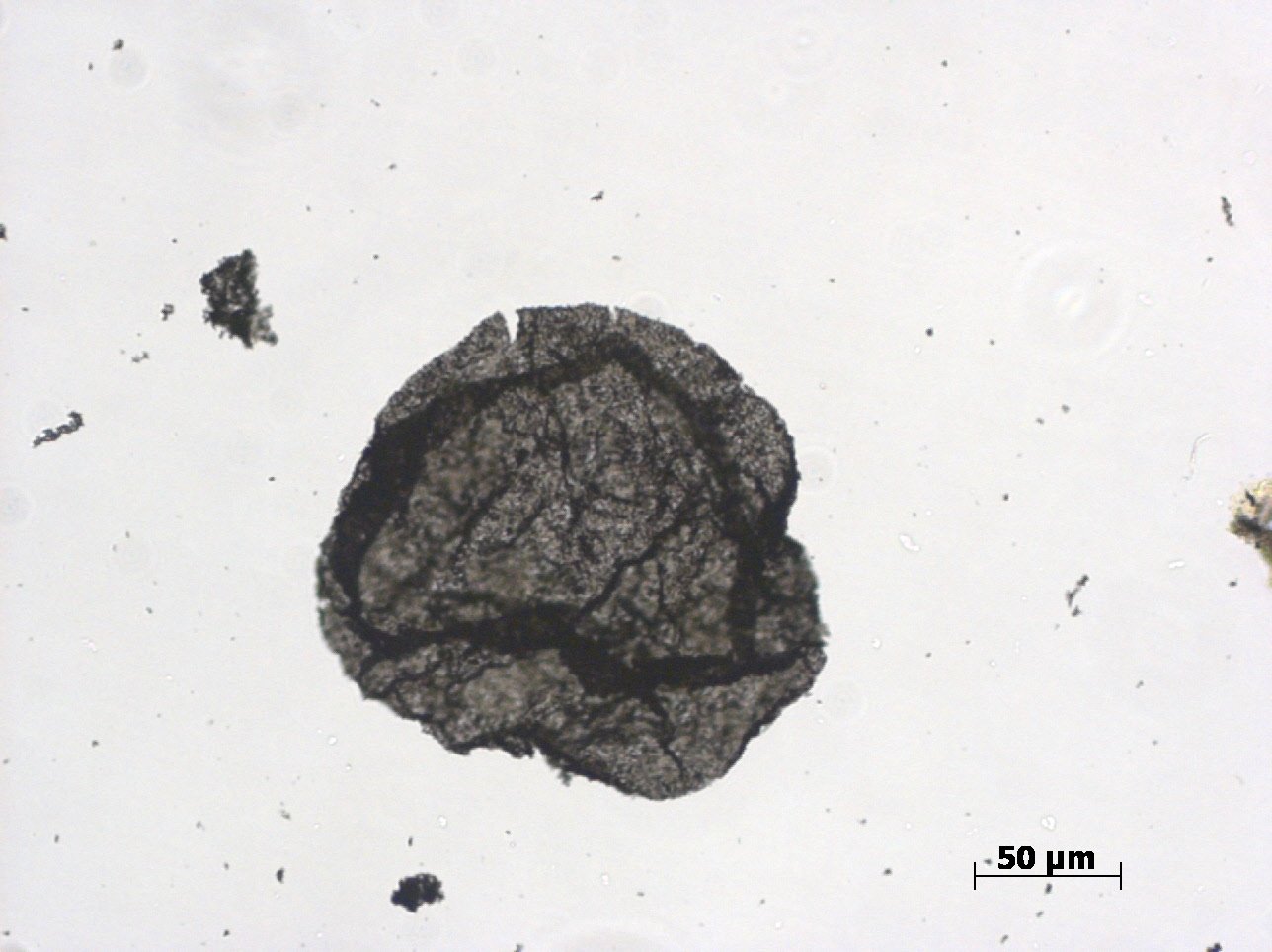Even though Earth is habitable (has surface liquid water and some crust) for 4.3 billion years, and the oldest putative traces of life suggested go back up to 4.1 billion years, the presence of a microbial biosphere is solidly demonstrated only since 3.4 billion years ago.
The challenges are numerous: the preserved rock record starts only around 4 billion years and is fragmentary, and ancient rocks that possibly contain biosignatures have been transformed by various geological processes over time, and may be contaminated by more recent life forms. In addition, natural non-biological processes can create mineral or organic structures with chemistries and morphologies that resemble life.

Finally, when a trace of life is demonstrated, it is sometimes difficult to determine its identity and metabolism. New advances in micro- and nano-scale analyzes, as well as experimental approaches, make it possible to improve the characterization of these biosignatures and to constrain abiotic processes, taking into account the geological context.
Re-examining the evidence of the first traces of life is a challenge, but is essential in the search for the origins and evolution of life on Earth but also beyond on habitable planets or moons, as space agencies have come to realize.
